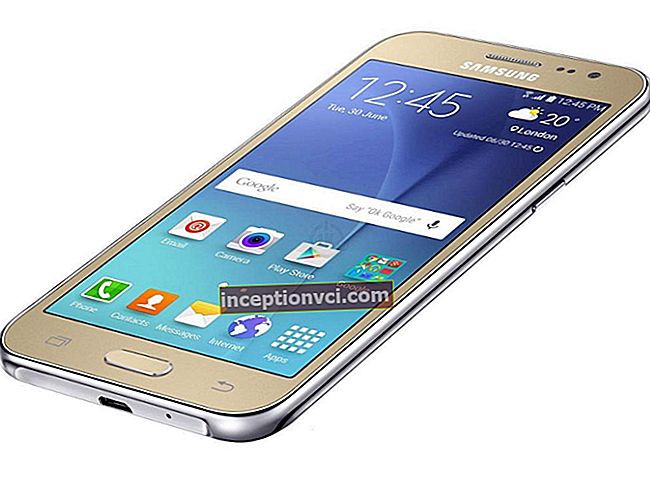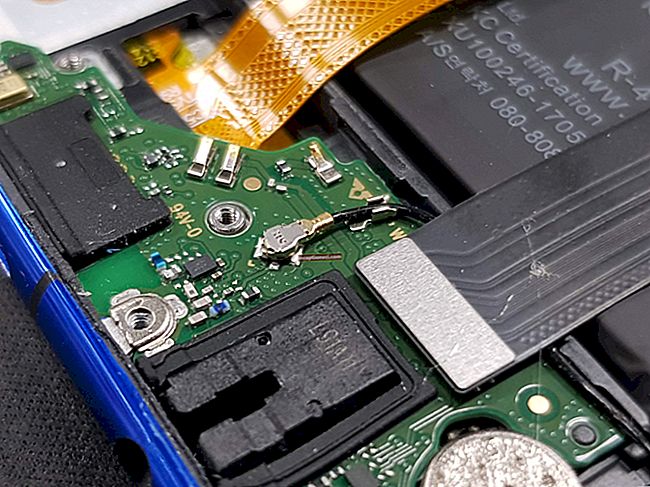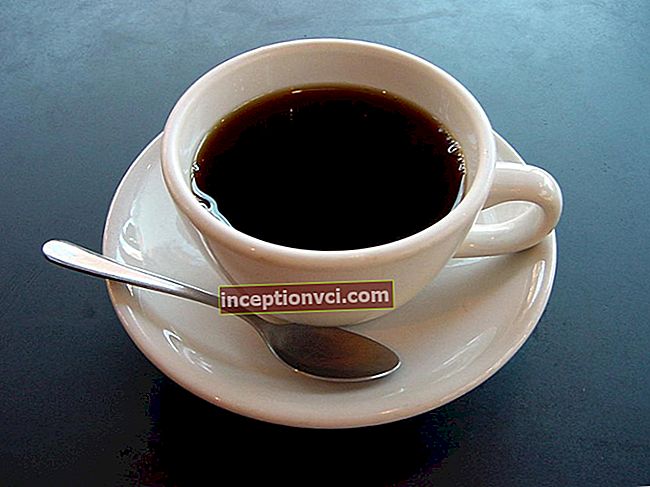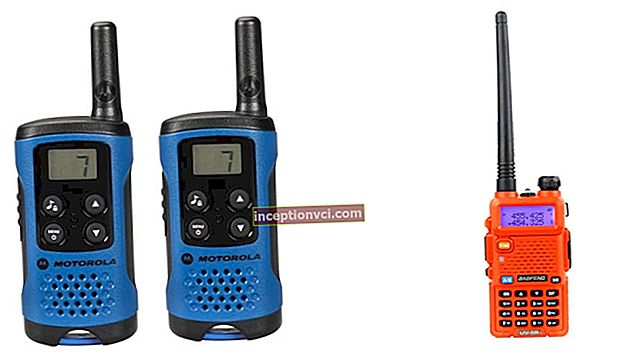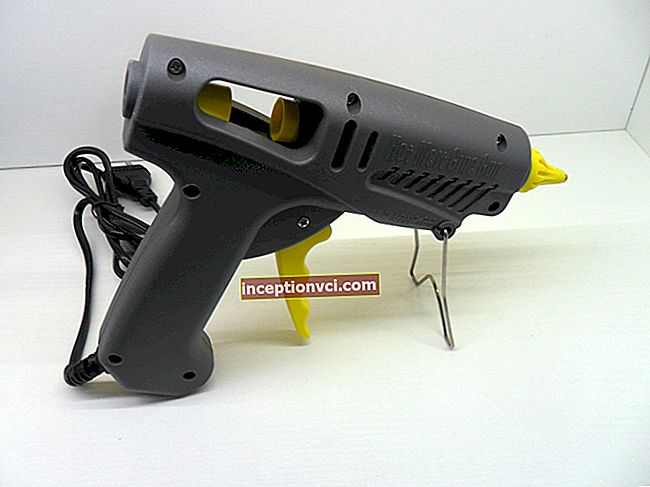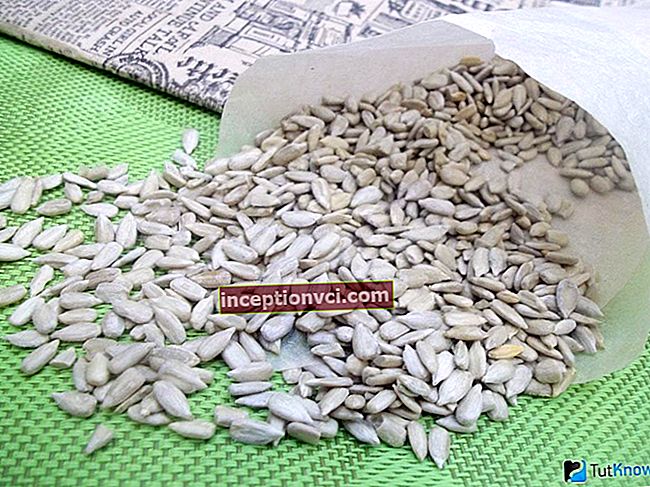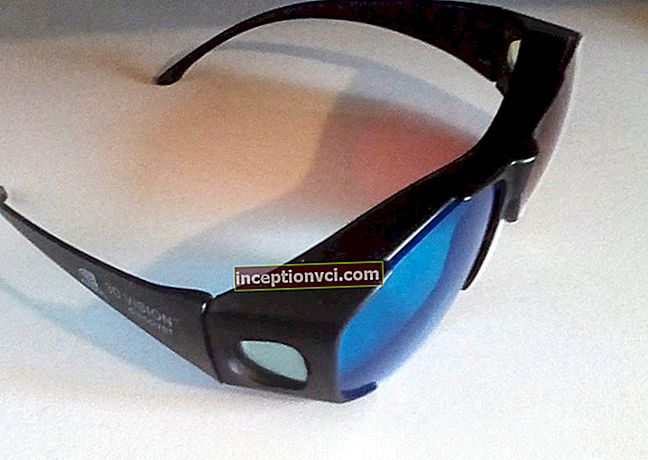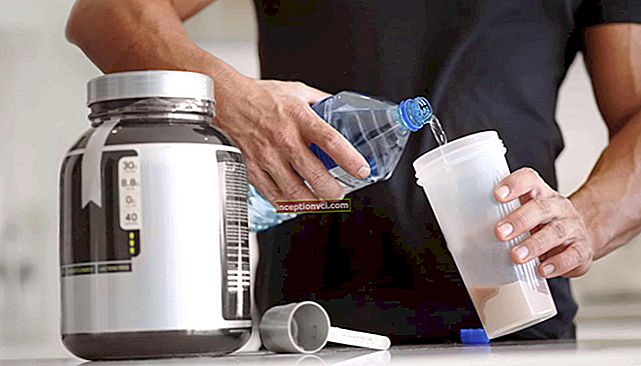The next round in the development of home photo printing took place largely due to the launch of the Epson Stylus Photo T50 inkjet photo printer on the market. It is a six-color A4 photo printer with a separate cartridge system. According to the manufacturer, this printer is positioned as a replacement for printing photographs in a darkroom with high print quality. The piezoelectric printing system, which is a symbiosis of Epson Claria water-soluble ink and Epson Micro Piezo ™ print head, is designed to provide flawlessly high print quality. The printer allows you to print photos at a speed of 12 seconds for a 10x15 picture, as well as print on a specially coated DVD surface.
The printer comes with an excellent set of software Epson Easy Photo Print, which gives the user many options for quick photo editing before printing, such as removing red-eye, adjusting the brightness and contrast of the picture, applying some printing effects.
I bought the printer two months ago. Before that, I already had a positive experience of communicating with the Epson Stylus Photo R295, a model that is essentially an analogue of its predecessor, but since it was given to my brother for use, it became necessary to purchase a printer for myself. The choice was obvious to me.
Having a previous sad experience in some moments with Epson inkjet printers, I immediately warned about the occurrence of problems in the future:
First, it is necessary to purchase CISS. The use of original consumables is certainly good, but not everyone can afford such costs, at least not in our country. The type of system should be selected from the planned volume of printing. If you are planning to use a printer for printing photographs in industrial volumes, then there is no doubt a choice in favor of CISS, and if you have never had to install CISS before, or at least watch how professionals do it, then it is worth trusting for the first time. the latter, and not try to install the system yourself, as the risk of "messing up" and flooding the printer with ink is very high. If you plan to print photos for yourself after some family holidays as a souvenir, then refillable cartridges will be enough, the advantage of which over CISS lies in the aesthetic appearance of your printer, in addition, there is always the possibility of overturning donor containers in CISS and an unpleasant pattern on your wallpaper and laminate. In addition, refillable cartridges are cheaper than CISS, and even if one of the cartridges fails (yes, this happens sometimes), it is much easier and cheaper to purchase and replace one chip than to repair CISS in a service.

Secondly, it is necessary to take care of the discharge of the ink discharged by the printer into the so-called “pampers” as a result of the print head purging. For one such purge, up to 2 ml of ink is drained, which in the future will end with a trip to the service and, therefore, an additional waste for you. To output the ink "pampers" you need to turn the printer "booty" towards you from the bottom left you will see a kind of door, opening which with a small screwdriver, you will see a tube connected to the container.

Carefully remove the tube from the container fitting and grow the tube using a piece of a “dropper” (systems for intravenous infusions are sold in pharmacies), lowering the end into a small container. I use an empty ink jar as a collection container, having melted a hole in the cap to fit the "dropper" size.
Thirdly, over time, it will be necessary to reset the waste ink drain counter, the so-called "diaper reset" by the people. It's just that one fine moment the indicators for the lack of ink and the lack of paper will start blinking quickly in turn, while on the screen you will receive a message that some parts have exhausted their resource and you need to contact the service. Do not give in to panic, and if you have previously performed the steps for removing the ink drain described above, then it will be enough just to use a simple program, and the printer will come to life again. I use SPUA, this program is free and works with many Epson inkjet printers. However, do not forget that such manipulations with your printer may result in refusal of subsequent warranty repairs. But if everything was done correctly and accurately, and before contacting the service, you put everything back in place, then no one will notice any interference with the printer.
It is very important to periodically print any full-color document, at least one F4 sheet once a week, in order to prevent ink drying in the print head and subsequent guaranteed contact with the service center.
The printer is assembled with sufficient quality, all panels are tightly fitted, there are no backlashes and gaps at all. In the box you will find the printer itself, a disc with software, instructions for connecting the printer and getting started with it, a tray for printing on 120 mm and 80 mm discs (one tray but has an insert for printing on 80 mm discs), a power cord, a set photo paper of 5 sheets of 13x18 Epson Premium Glossy and a set of six trial cartridges.
However, it is most interesting to compare the quality of printing photos with the quality of printing in a darkroom, since the manufacturer himself is in the advertising slogan “Stylish photo printer for home. The print quality is higher than in a photo lab ”positions the product as a substitute for printing photographs in a photo studio.
The design of the T50 printer is very interesting. Now the printer will no longer stand out as a large and awkward gray spot in your interior. Stylish facets of laconic black and a shiny glossy lid make the T50 design able to embellish almost any interior. An undoubted advantage was the manufacturer's refusal to use an external power supply, now the mysterious pile of boxes around the wall socket will finally disappear.
Let's consider the functionality of the printer. Borderless photo-quality printing is supported on paper weights up to 320 gsm. and sizes 10x15, 13x18, 9x13, 13x20 and 20x25 cm. In addition, printing is available on plain paper formats: A4, A5, C6, No. 10, printing on the surface of discs and special film.
Connecting and installing drivers and software is straightforward. And besides, the standard Epson Easy Photo Print program included in the package is quite convenient to use and in most cases its functionality is quite sufficient.
Photo Print Comparison
Well, now let's directly start comparing the quality of printing on an inkjet and in a darkroom. We select three images that have different color saturation and gamut and print one copy on T50 and one copy at a photo studio.
Photo # 1

To assess the accuracy of the reproduction of color shades in saturated photographs, as well as the correct display of colors and the clarity of the boundaries of colors, this particular photograph was chosen.
Photo # 2

This photograph is intended to help assess the possibilities of transferring halftones, and try to compare the resulting images with the image on the monitor.
Photo # 3

Since an old and well-known disease of inkjet printers is the grayscale error. This is how black and white photos are printed by mixing colors, which creates a bluish bloom on the image.
All selected photos were printed in a photo studio on matte and glossy photo paper of different sizes,
and also on the EPSON T50 printer on papers:
- Lomond 230g.Glossy Inkjet
- LOMOND Semi Glossy,
- LOMOND Matte Paper,
- LOMOND Silk Paper.
I would like to point out right away that the assessment will be done in a purely visual way.


From the table, it is immediately evident that the cost of printing at home is more than three times higher than printing in a photo studio, although this is without the cost of ink and the cost of the printer itself, but the cost of photo paper over the past year has decreased so much that printing at home can already compete with photographic laboratories. It remains only to decide whether EPSON T50 will be able to compete as well as in price and in print quality.
Actually, this is what we will do.
To achieve maximum accuracy when making a comparison, printing on an inkjet printer T50 will be performed without using the color correction function using the Epson Easy Photo Print program, which will completely eliminate the human factor from the comparison results. Now we will evaluate the print quality of each picture in order to kick the decision - is it worth doing photo printing at home, or is it worth trusting the professionals from the darkroom.
So:
The first obvious and immediately striking moment is the difference in framing between pictures taken at home and in a photo studio. This was to be expected, of course, as it is a kind of side effect of the pleasure of borderless printing. However, the correction of the printer might not be so serious. We got a difference of about 3 mm between the print of the first photo in a photo studio and on the T50, which is very clearly visible on the camera strap.
Now let's look at the quality of the paper. Of the types of paper used for testing, the surface quality of Lomond 230g was pleasantly surprised. Glossy Inkjet, when looking at the surface of which it appears that the photo has been coated with a layer of varnish. Visually, the difference between paper from a photo studio and Lomond is not at all noticeable.
Now let's take a closer look at each image separately.
Snapshot # 1.

For a bright and colorful first shot, the difference in the rendering of halftones is immediately apparent, which is especially noticeable in the color of the skin of the hands and the shade of the red stripes. The impression from a detailed comparison of prints is the following: the picture taken on the T50 turned out brighter and much sharper, in addition, small details are very detailed and clearly traced. And the print from the darkroom boasts more realistic colors, but unfortunately the print of small elements is completely indistinct.
Snapshot # 2.

Naturally, comparing a paper copy of a picture and its display on a monitor screen is at least strange, and yet visually the print of an inkjet printer is somewhat reddish, although not everything is smooth with a picture from a photo studio. Yellowness clearly predominates there, and besides, it is obvious that the contrast adjustment for the photograph was carried out in the studio, and in my opinion it was not very successful.
Snapshot # 3

It is obvious that the printing of black-and-white images on an inkjet printer has improved significantly in quality, although the option “grayscale” was set in the printer settings. When examining the resulting picture alone, you undoubtedly answer that the photo is black and white. However, when compared with the exact same photograph printed in color, it becomes noticeable that the predominance of blue in the picture is preserved, while the studio coped with the task simply brilliantly, although there is a greenish tint on the print, it is much closer to the correct one.
conclusions
It is impossible to give an unambiguous answer to the question about the test winner at once. If you are interested in controlling the quality of images, want to try and experiment with the color tone settings, then: Epson Stylus Photo T50 is exactly the solution that you need. And besides, in recent years there has been a more and more distinct tendency towards a decrease in the cost of consumables, while their quality is constantly increasing. Quite a good way to save money on your budget.
However, if all these color settings are not for you, and you are used to trusting professionals, then your choice should be in favor of the darkroom.
One thing is for sure - a successful and beautiful picture will look equally good both printed on T50 and taken in a photo studio.

